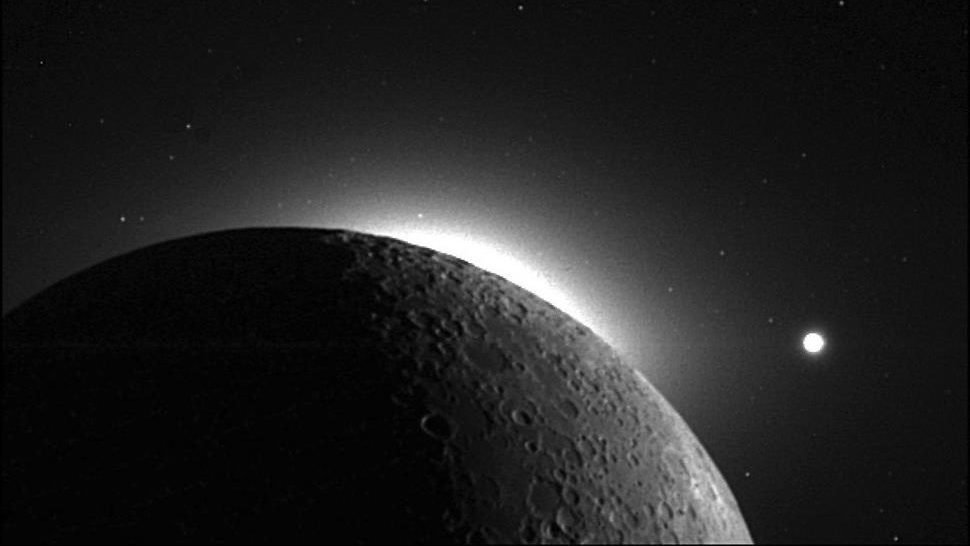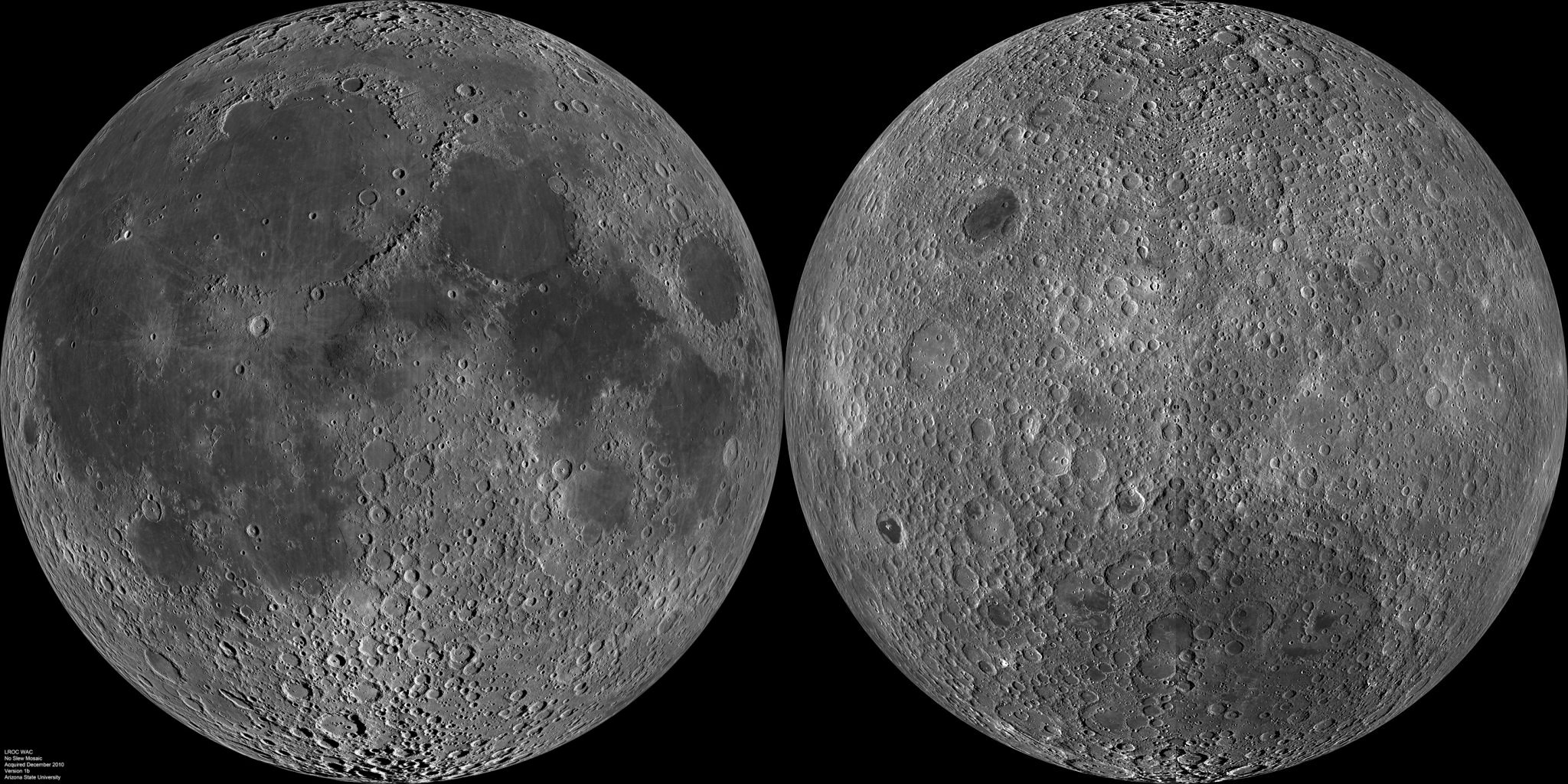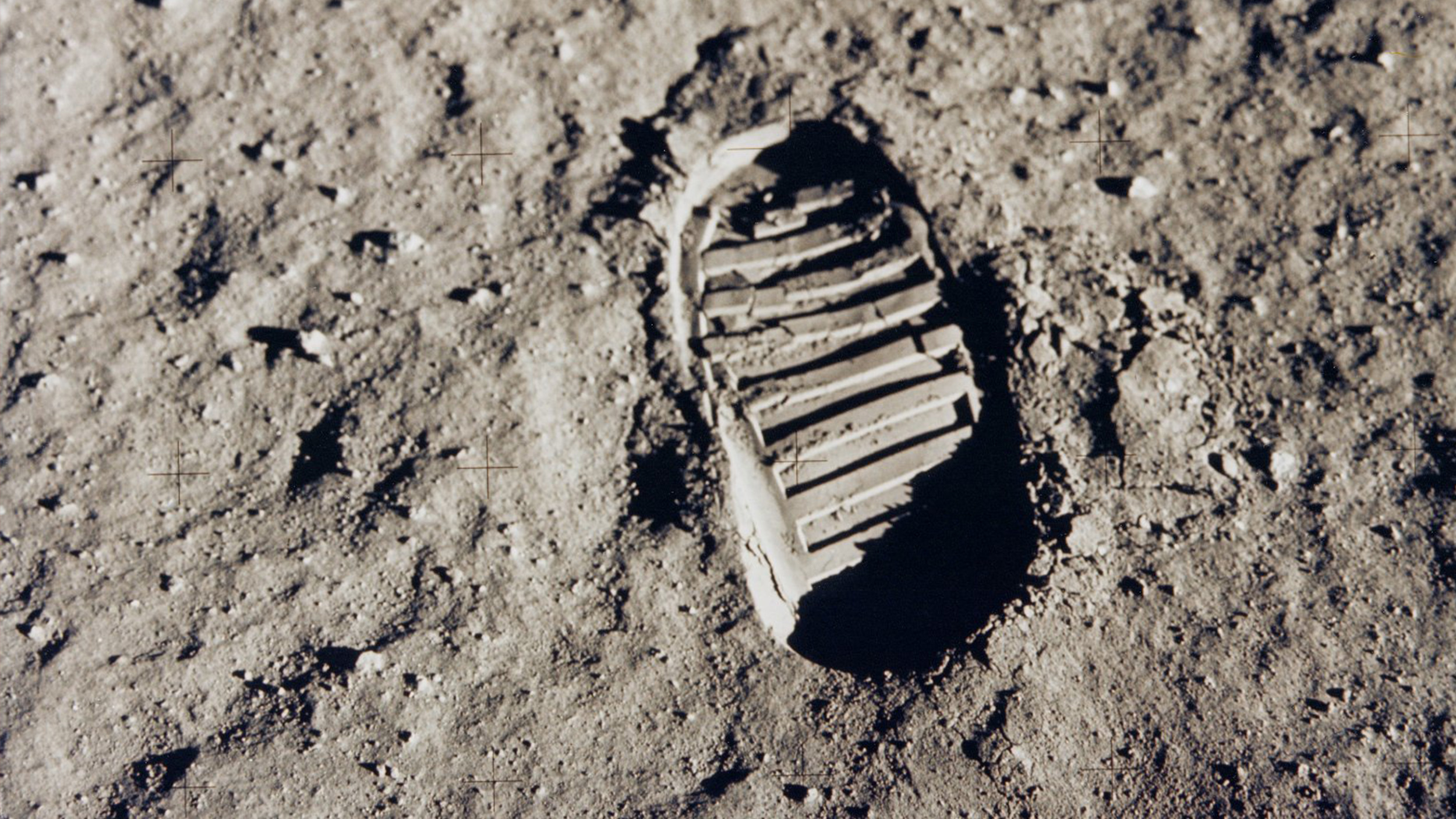Astro Ron returns to Big Think to offer his take on the future of space exploration. Prominent voices in the astronomical community have argued over the past decade whether humanity should attempt a moon return to establish a permanent base or aim higher and set its sights on Mars. The ex-NASA astronaut and Big Think expert asserts that the two aren’t mutually exclusive, but contends that normalizing Earth-to-moon travel will better prepare us for missions to Mars and beyond. Garan talks about this and more in his new book The Orbital Perspective.
Ron Garan: Should we go to the moon or should we go to Mars? We should go to both. But I guess the real question is, "Where do we go next? What’s the next step? And I think this goes back to The Orbital Perspective as well. I think The Orbital Perspective, you know, the part of The Orbital Perspective that talks about long-term planning. You know let’s look 20, 30, 40, 50 years down the road and see what affects our decisions that we make today will take us, you know, what trajectory will that put us on? Where will that get us in that timeframe? And so if we go to Mars first, which we can do. I’d say it would probably be 10 to 15 years from the time we make a decision to go to Mars we could probably get to Mars. But by making a decision that means we’ve allocated the necessary funding, et cetera, et cetera. But another path to Mars would be to go to the moon first. And by going to the moon first — and what I mean by that is by establishing a transportation infrastructure between the Earth and the moon and a permanent human presence on the moon.
So we have routine travel between Earth and its nearest neighbor. By doing that, that would open up the entire solar system. That enables us to use the resources that are on the moon. It enables us to launch in a much lower gravity field than Earth. It opens up tremendous benefits to the entire population of the Earth by making use of our nearest neighbor. There’s energy on the moon. There’s scientific discoveries on the moon. The list goes on and on all the benefits to Earth that the moon provides. And so not only would we get those benefits. Not only would we be able to have this traffic infrastructure for routine travel to the Earth and the moon, but we’d open up the rest of the solar system including Mars. So to me, from a long-term point of view it makes sense to have the next step being to return to the moon, this time to stay.






